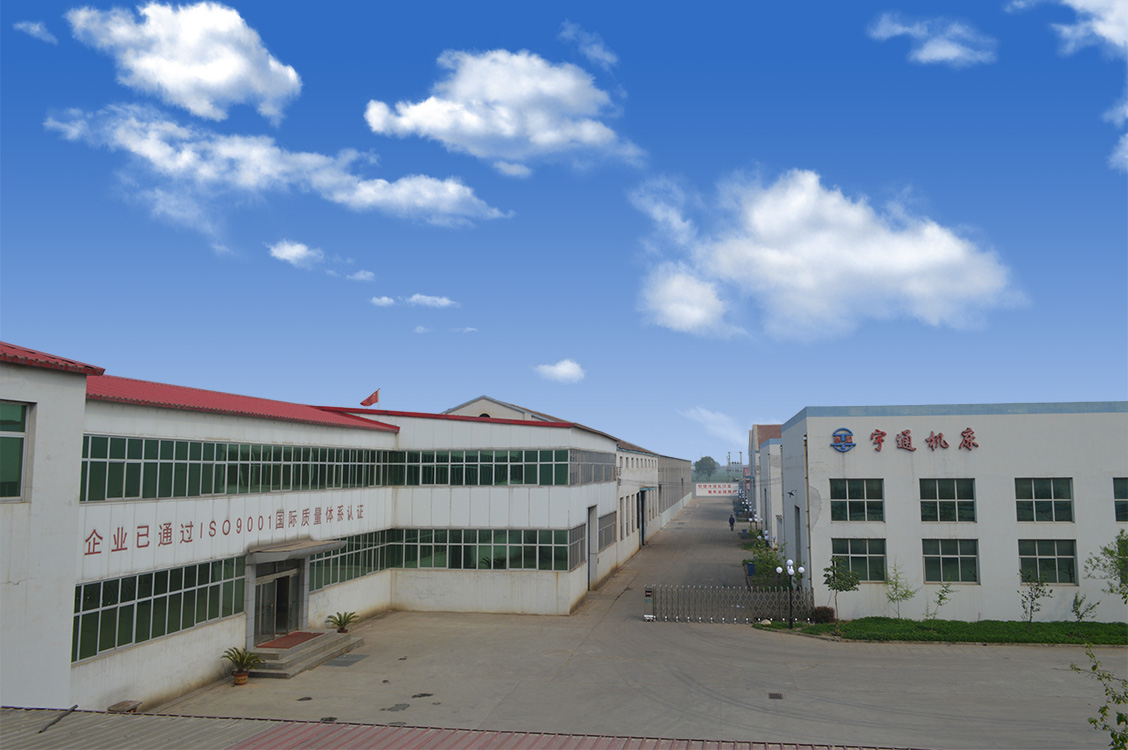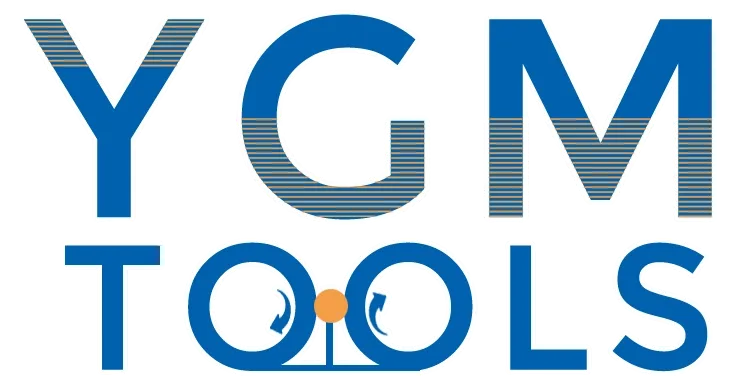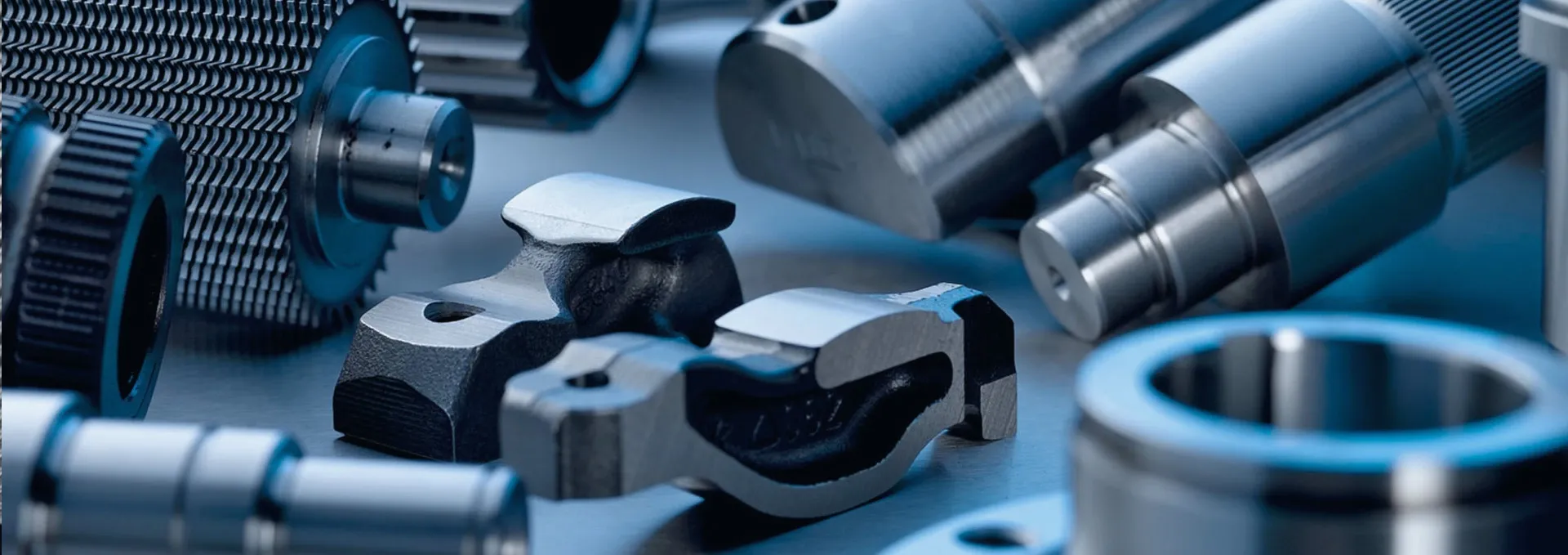wholesale thread rolling machine setup
Setting Up a Wholesale Thread Rolling Machine
Thread rolling is a highly efficient manufacturing process used to create threads on metal parts. For businesses engaged in wholesale production, investing in a thread rolling machine can significantly enhance productivity and product quality. This article outlines the essential steps and considerations for setting up a wholesale thread rolling machine.
1. Understanding Your Requirements
Before purchasing or setting up a thread rolling machine, it's crucial to analyze your production needs. Consider product specifications such as thread size, material type, and volume. Different machines are designed for different capabilities, so understanding your requirements will help you select the right equipment.
2. Choosing the Right Machine
There are several types of thread rolling machines, including flat, cylindrical, and planetary machines. Each type has its advantages depending on the application. Evaluate key factors such as production speed, operational efficiency, and space constraints in your facility. Researching various manufacturers and models will provide insights into which machine best suits your wholesale operations.
3. Preparing the Production Environment
A successful setup begins with preparing the production area. Ensure that the location is clean, well-ventilated, and equipped with adequate lighting. It is also important to have a stable and level foundation for the machine to operate efficiently. Any vibrations or movements can affect the quality of the threads being produced.
4. Installation Process
wholesale thread rolling machine setup

After selecting the appropriate machine, the installation process is critical. Follow the manufacturer's guidelines carefully, as they will provide specific instructions for your machine model. Typically, the installation involves positioning the machine, connecting it to the power supply, and ensuring proper alignment. It is advisable to have a qualified technician oversee or assist with the installation to avoid any potential errors.
5. Calibration and Testing
Once installed, the machine needs to be calibrated for precise thread production. This involves adjusting settings such as rolling speed, pressure, and feed rate. Conduct test runs using sample materials to ensure that the threads produced meet quality standards. It’s essential to make any necessary adjustments during this phase to fine-tune the operation.
6. Training Operators
Proper training for machine operators is crucial to the success of your thread rolling operation. Ensure that operators are knowledgeable about the machine's functions, safety protocols, and maintenance procedures. This not only improves productivity but also minimizes the risk of accidents and machine downtime.
7. Maintenance Schedule
Establishing a routine maintenance schedule will prolong the lifespan of your thread rolling machine. Regular inspections, cleaning, and part replacements can prevent unexpected breakdowns and ensure consistent production quality.
In conclusion, setting up a wholesale thread rolling machine involves careful planning, selection, and execution. By addressing each step diligently, manufacturers can boost their efficiency and output, ultimately leading to greater business success.


